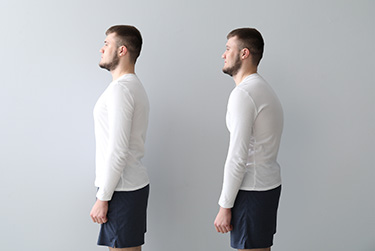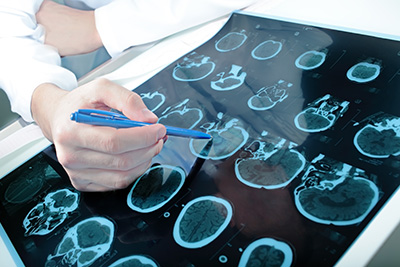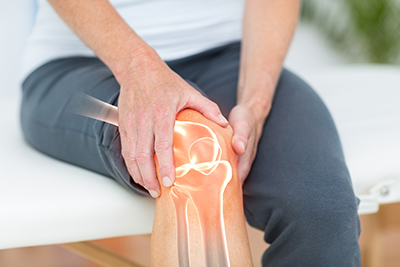If you’re struggling to fall asleep or stay asleep through the night, you’re not alone. Millions of people suffer from poor sleep due to stress, discomfort, or underlying health issues. While many turn to medication or sleep aids, chiropractic care offers a natural and effective solution to improve sleep quality—often by addressing the root causes of sleep disturbances.

Understanding the Link Between Chiropractic and Sleep
Your spine is closely connected to your nervous system, which plays a central role in regulating sleep cycles. When your spine is misaligned (a condition known as subluxation), it can interfere with nerve function, cause muscle tension, and lead to discomfort—all of which negatively impact your ability to get restful sleep.
Chiropractic adjustments help realign the spine, improve nervous system function, and release built-up tension in the body. This, in turn, helps promote a more relaxed state that’s conducive to better sleep.
Common Sleep-Related Issues Chiropractic Can Help With
1. Pain and Discomfort
Chronic back pain, neck stiffness, and tension headaches can make it difficult to find a comfortable sleeping position. Chiropractic care can relieve these issues through targeted spinal adjustments and soft tissue therapy.
2. Stress and Anxiety
High stress levels are a leading cause of insomnia. Chiropractic adjustments have been shown to help regulate the nervous system, reducing cortisol (the stress hormone) and promoting a sense of calm.
3. Improved Circulation
When your spine is properly aligned, blood flow throughout your body improves. Better circulation means that your muscles and brain get the oxygen they need to relax and recover during sleep.
4. Sleep Apnea and Breathing Issues
While chiropractic care isn’t a cure for sleep apnea, certain adjustments can open up the chest cavity and reduce tension in muscles around the airway—potentially making breathing easier at night.
What to Expect From Chiropractic Care for Sleep
During your first visit, your chiropractor will evaluate your posture, spinal alignment, and overall health to identify potential causes of sleep disturbances. Treatment may include:
-
Spinal adjustments to reduce tension and correct misalignments
-
Soft tissue therapy to ease muscle tightness
-
Lifestyle and ergonomic recommendations to promote better sleep posture
-
Stretches and exercises to improve flexibility and relaxation
Sleep Benefits Many Patients Report After Chiropractic Care
-
Falling asleep faster
-
Fewer nighttime awakenings
-
Reduced snoring and better breathing
-
Waking up with less stiffness or pain
-
Feeling more refreshed and energized
Final Thoughts
If you’ve been tossing and turning at night or waking up feeling unrested, chiropractic care may be the solution you need. By addressing the physical and neurological causes of poor sleep, chiropractic treatments offer a safe, natural way to help you get the restorative rest your body craves.
Ready to sleep better? Contact our clinic today to schedule your consultation and take the first step toward a healthier, more restful night.
Advanced Medical of Florida provides you with the medical care you need. For more information, go to our web site http://www.amfhealthcare.com or call (727) 408-5222.









